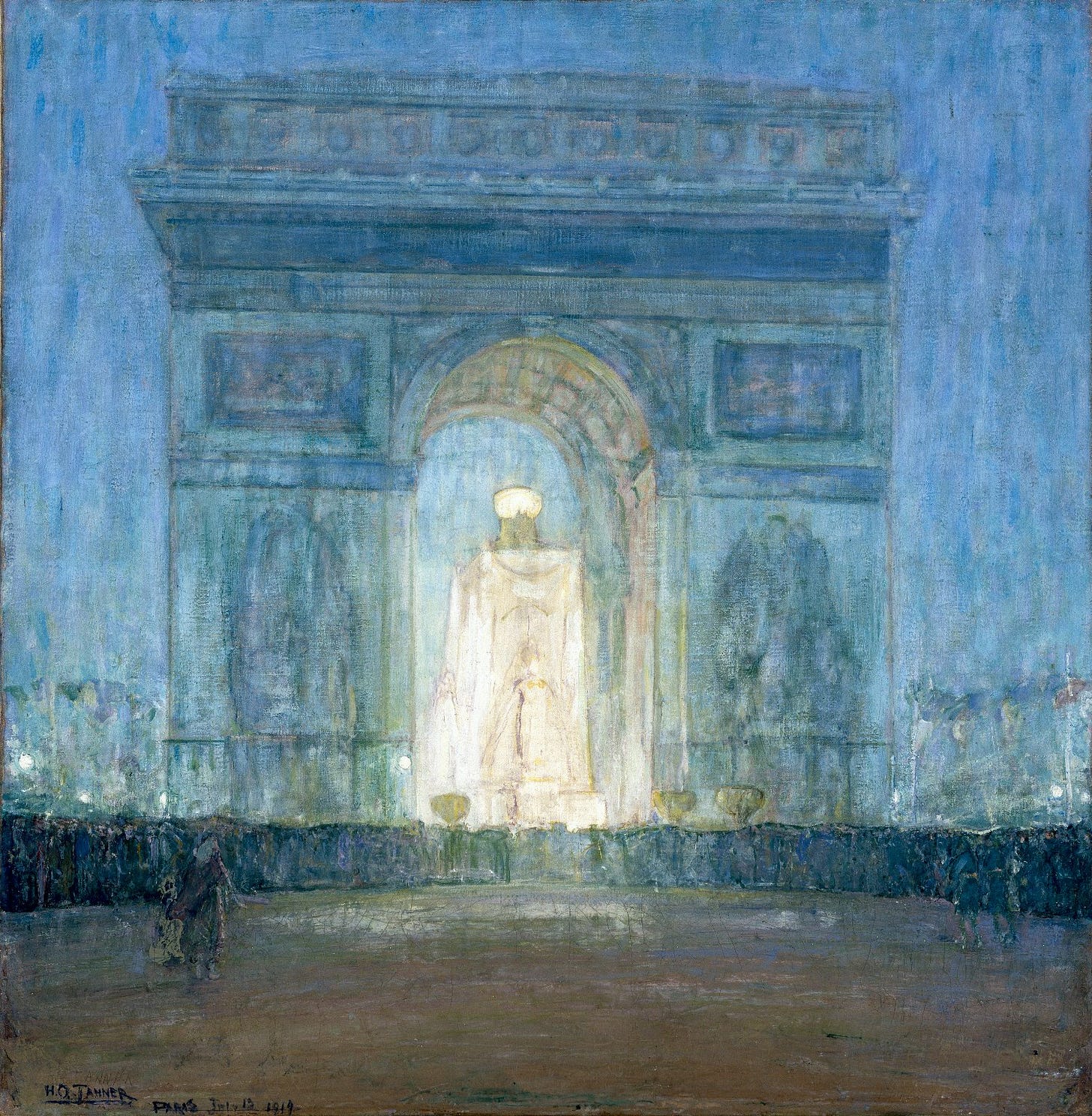Henry's original plan to study in Rome changed during what was meant to be a brief stop in Paris on his way from Liverpool, his European entry point to Italy. "After having been in Paris a week, I should find conditions so to my liking that I completely forgot that when I left New York I had made my plans to study in Rome," he wrote.
Paris was an easy city to fall in love with. With its romantic aura and elegant charm, the city was also Europe's most cosmopolitan, boasting the highest percentage of immigrants. For a black American stepping onto its famed cobbled avenues, Paris offered a promise that wasn't freedom exactly, but something close enough to breathe easier. Unlike back home, where race often defined one’s opportunities and interactions, Paris presented an environment where artistry, intellect, and charm opened doors that once seemed impossible.
In this regard, Paris was following in a lineage of European cities that had been a haven for American artists. For decades and even centuries prior, Americans settled in London, Rome, or Dusseldorf to pursue their work. However, by the late 19th century, the preferred destination was shifting, and Paris was becoming the epicenter of the art world. As one journalist explained,
"On no one class of visitors does Paris lay her spell more heavily than on the American art student. For, no matter where he has studied at home, or under what master, he finds when he reaches Paris so much that is new and beautiful and full of inspiration that he becomes as intolerant as are all recent converts, and so happy in his chosen profession that he looks upon everything else than art with impatience and contempt."
Keep reading with a 7-day free trial
Subscribe to Historical Snapshots to keep reading this post and get 7 days of free access to the full post archives.




